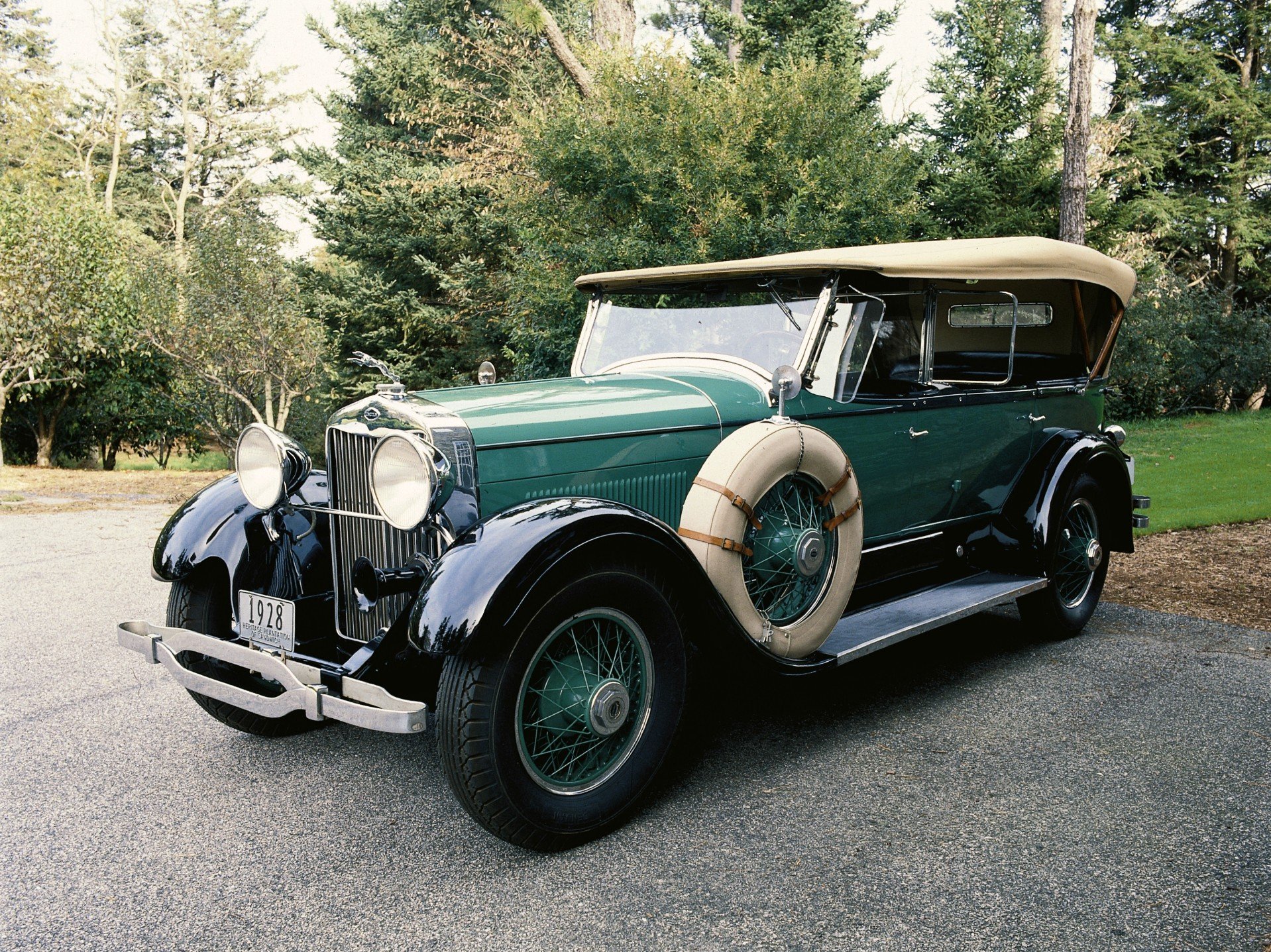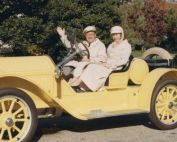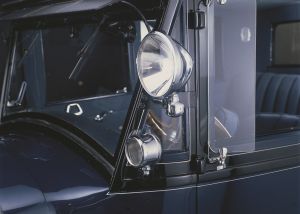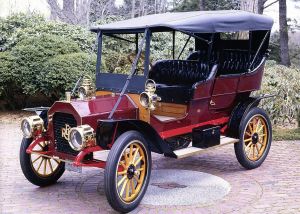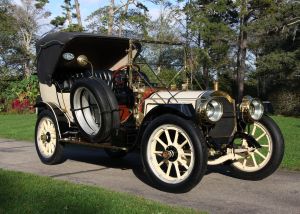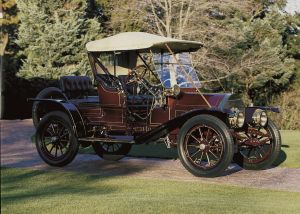1927 Lincoln Sport Touring
 By 1922, Henry Ford’s Model T was losing sales to more upscale auto makers. In response, Ford boldly purchased the failing Lincoln Motor Car Company. Lincolns were well known for high-quality engines, but their unattractive body styling caused sales to suffer. Edsel Ford, Henry’s son, set about updating Lincoln’s looks. The resulting surge in sales allowed Ford to compete in the growing luxury car market of the affluent 1920s.
By 1922, Henry Ford’s Model T was losing sales to more upscale auto makers. In response, Ford boldly purchased the failing Lincoln Motor Car Company. Lincolns were well known for high-quality engines, but their unattractive body styling caused sales to suffer. Edsel Ford, Henry’s son, set about updating Lincoln’s looks. The resulting surge in sales allowed Ford to compete in the growing luxury car market of the affluent 1920s.
With its powerful engine, good handling and rugged chassis, the Lincoln quickly became popular among bootleggers and the police who chased them. It was said that the backseat is the perfect size to hold barrels of alcohol and that the extra weight in the back enabled the driver to execute a tight “bootlegger’s turn.”
An early version of the modern tilt steering wheel is found on this car. Called a “fat man’s wheel” it pivots out of the way to allow easier access to and exit from the driver’s seat.
More from our automobile collection:
In our current exhibit, From Carriage to Classic: How Automobiles Transformed America, we present the origin story of the American automobile through 23 cars from Heritage’s permanent collection of antique and classic automobiles. Come along for a ride from the late 1800s to the 1960s and watch the car evolve from a horseless carriage to a streamlined symbol of freedom and independence.


